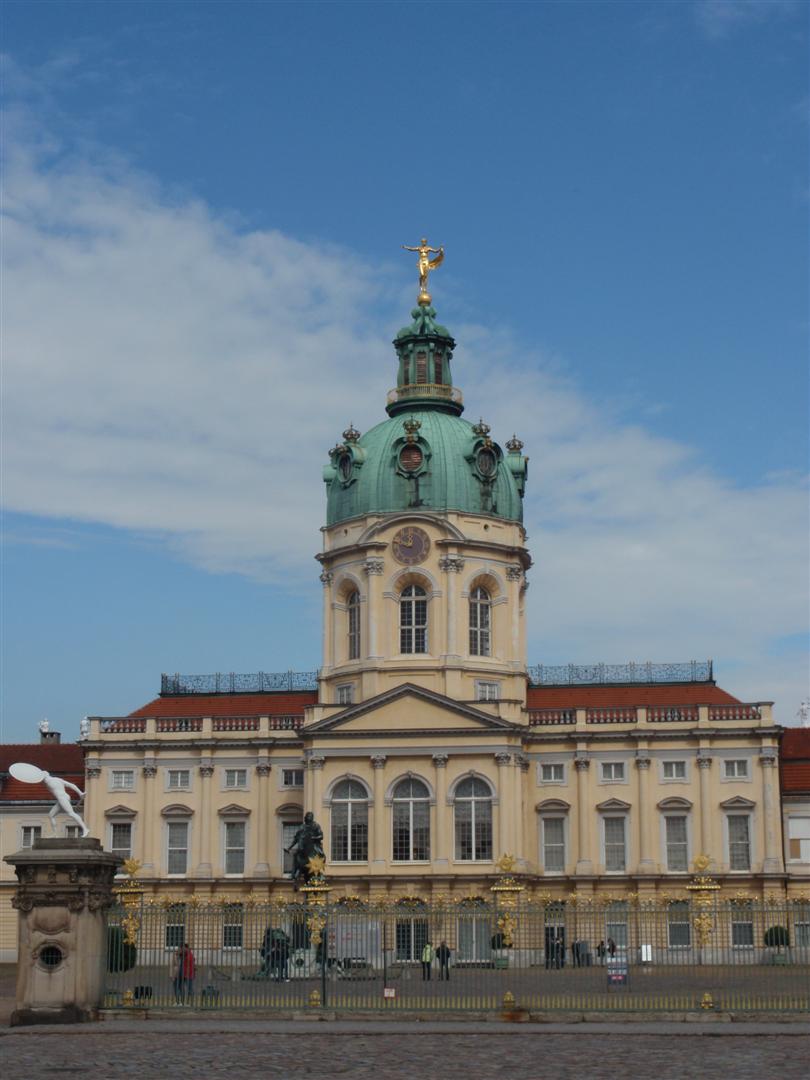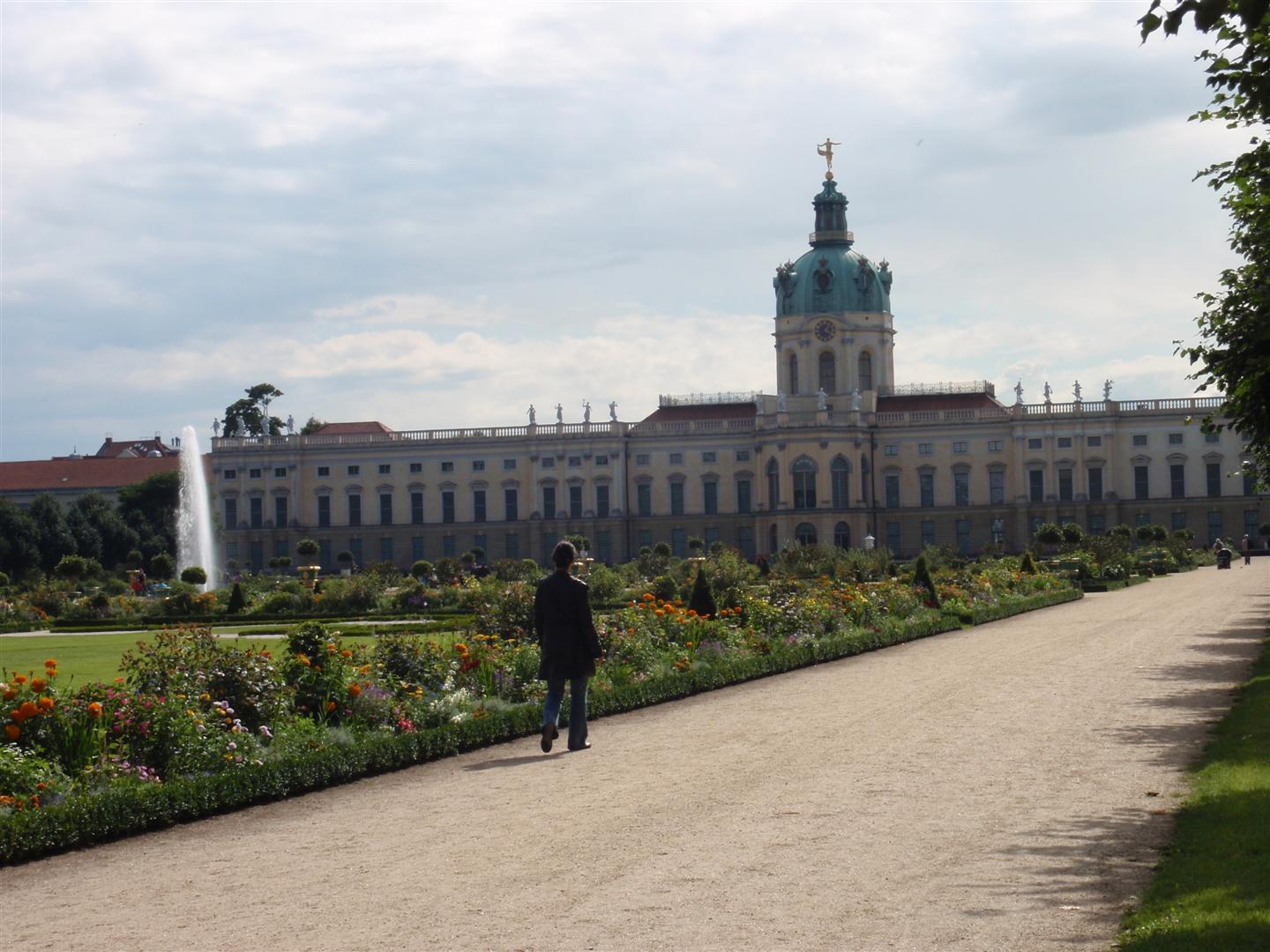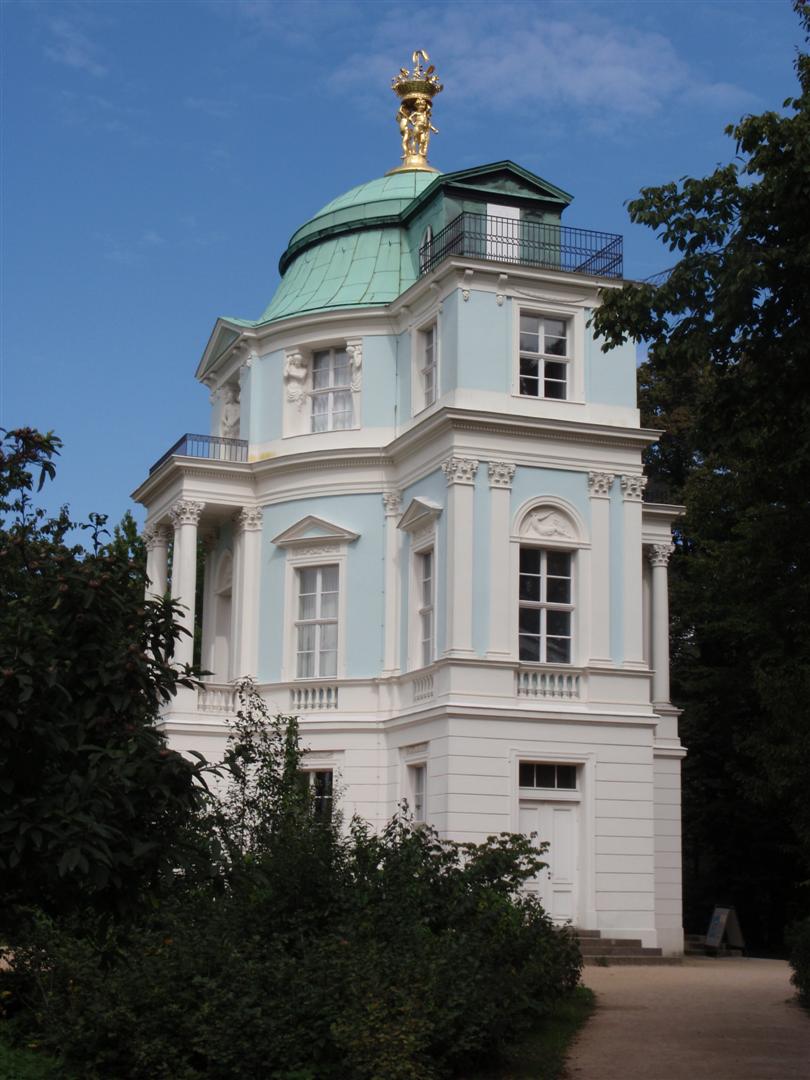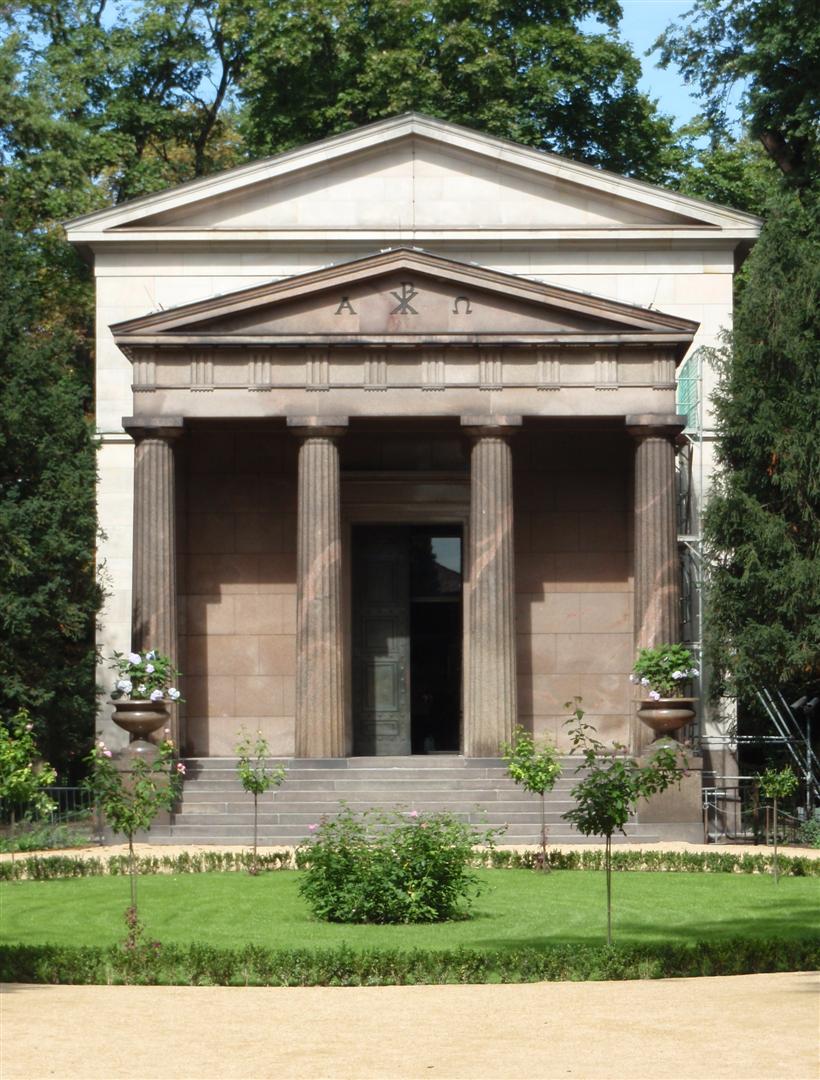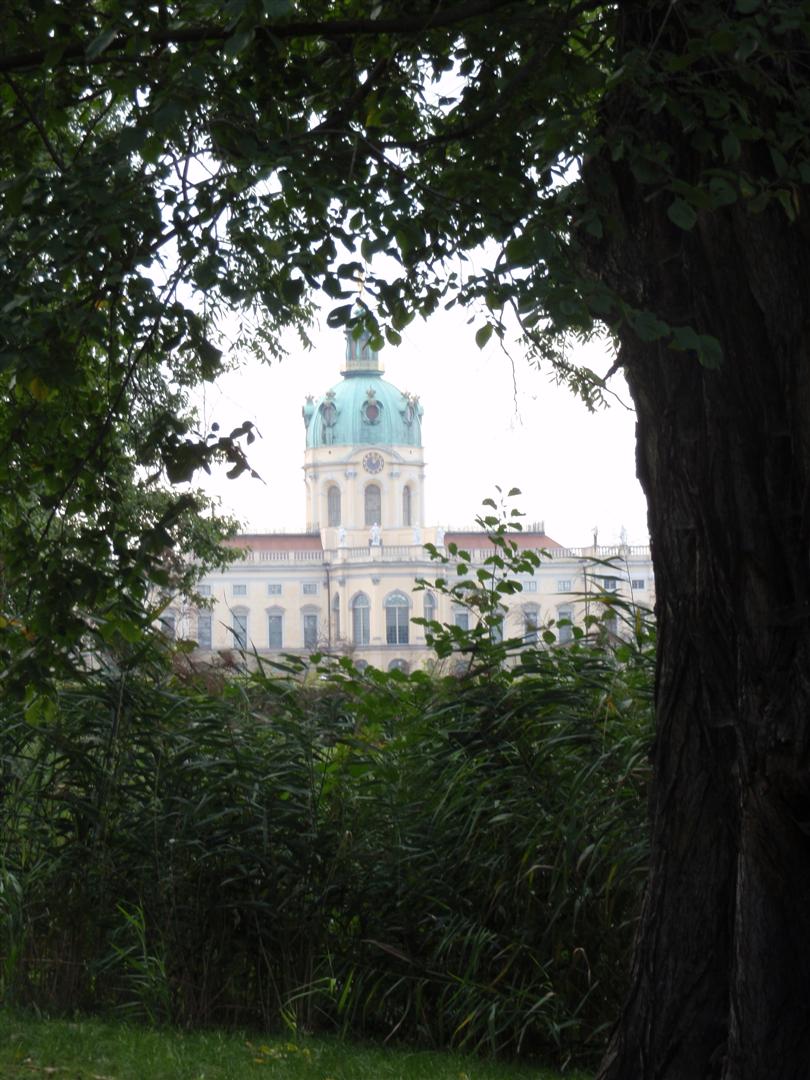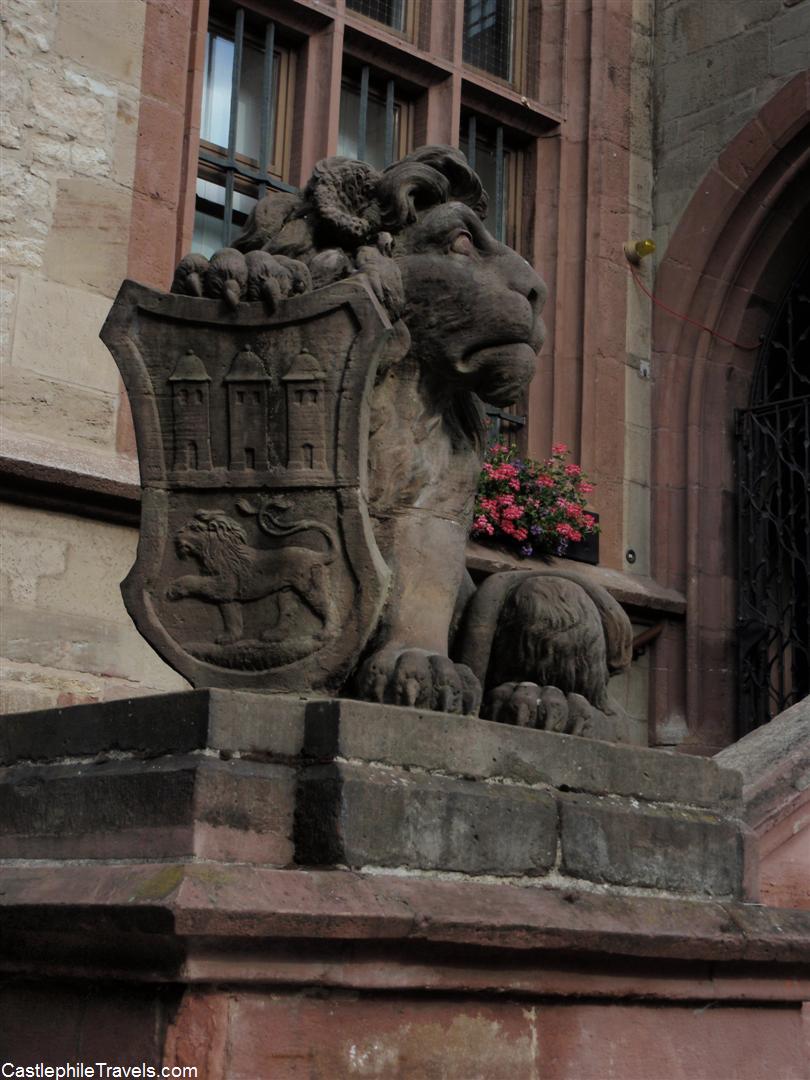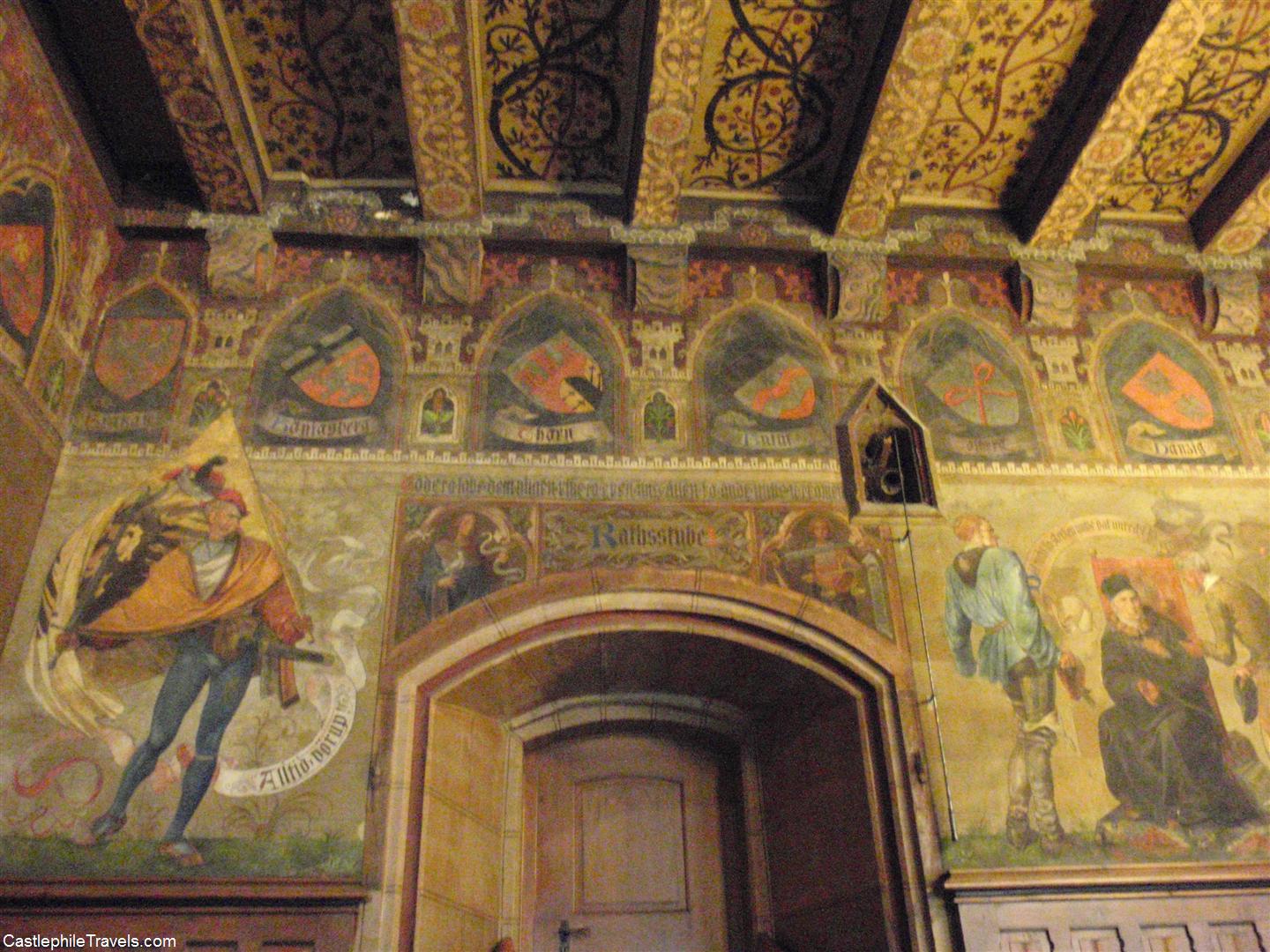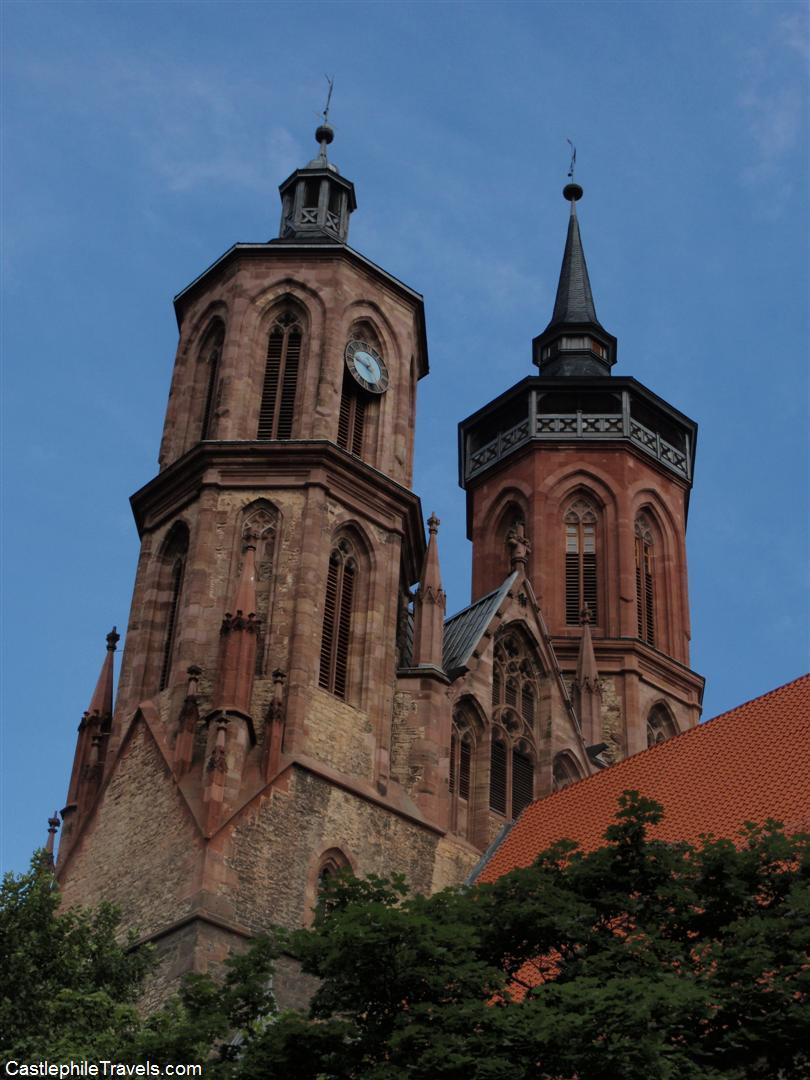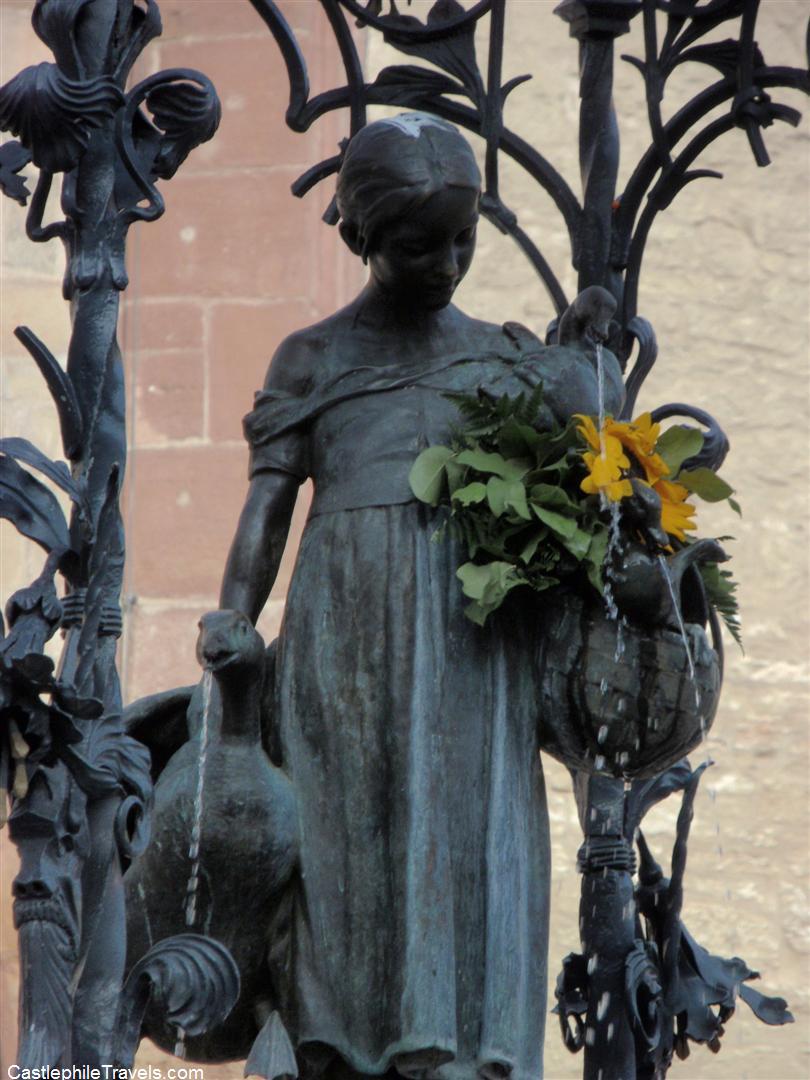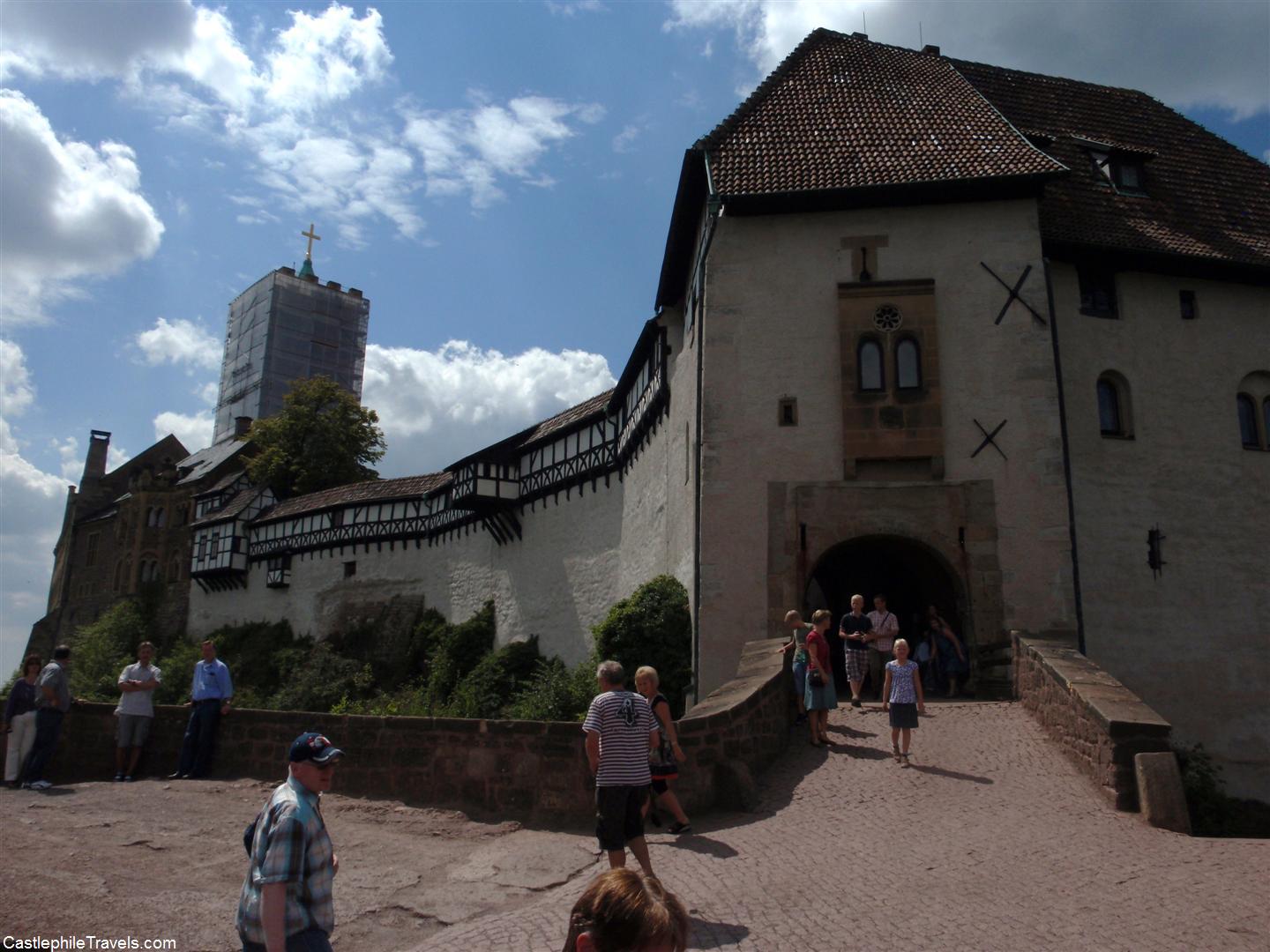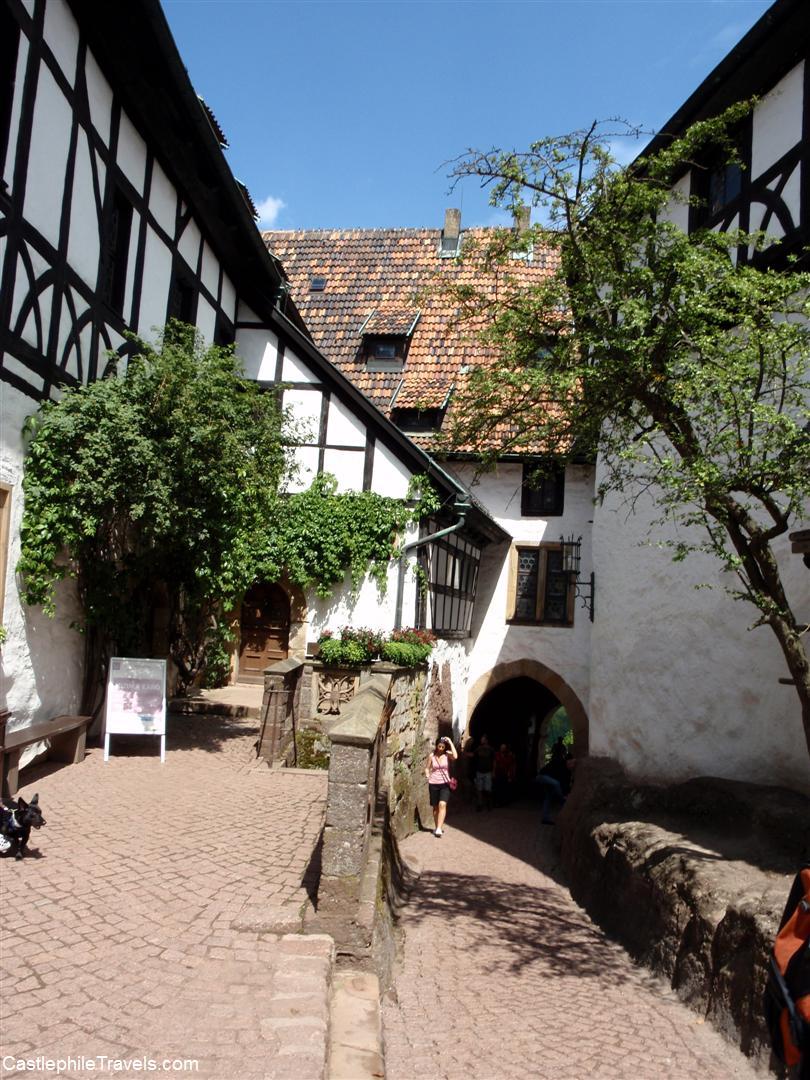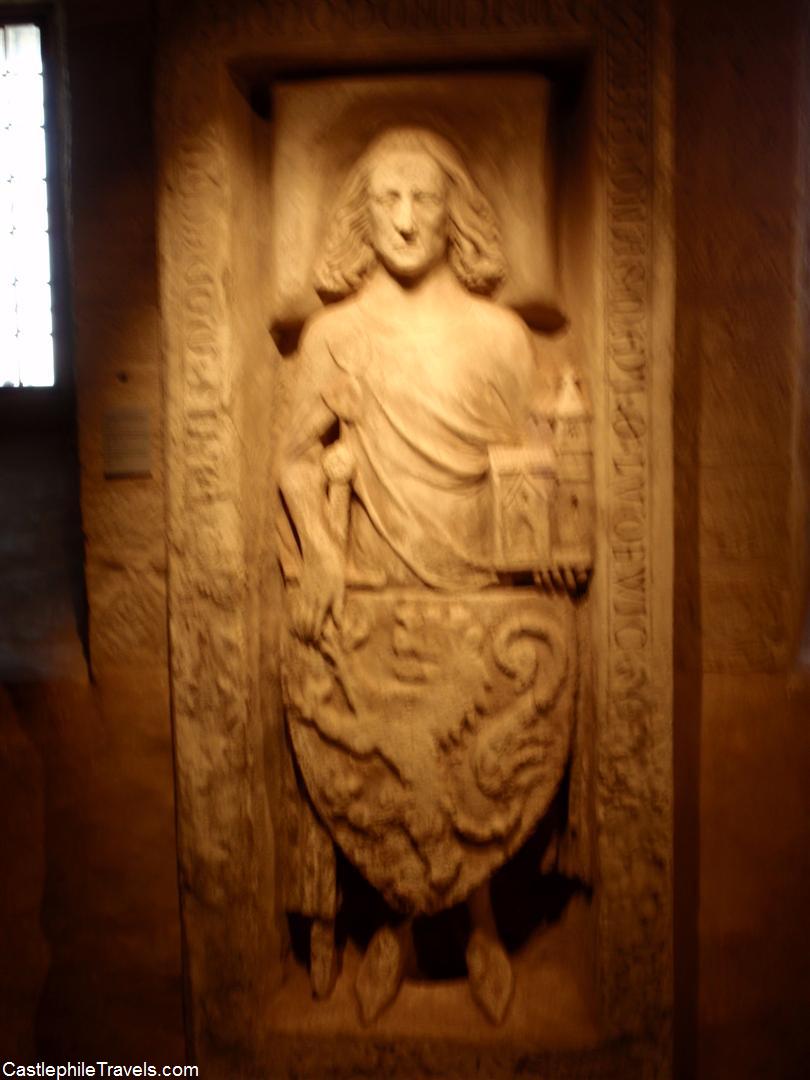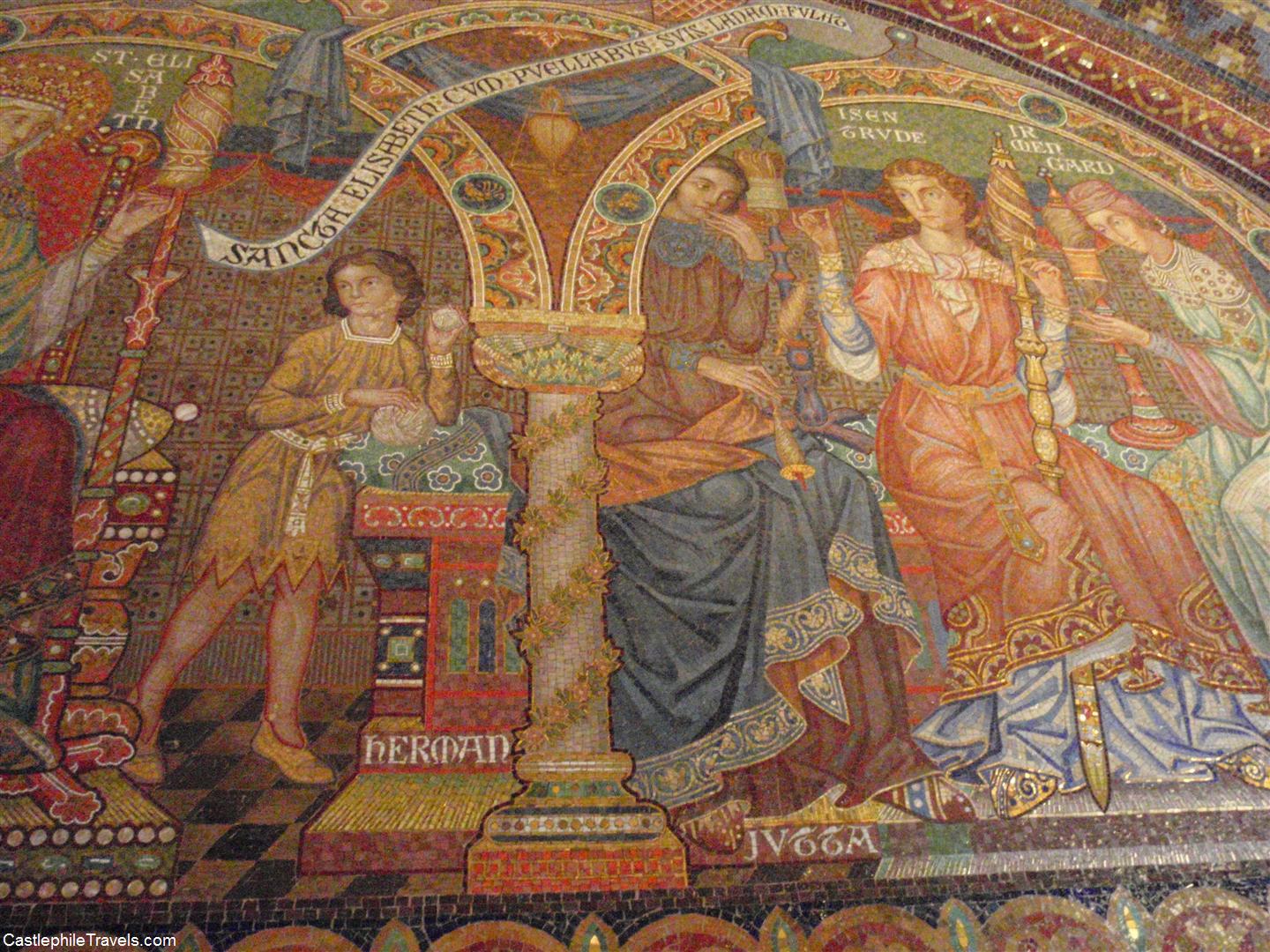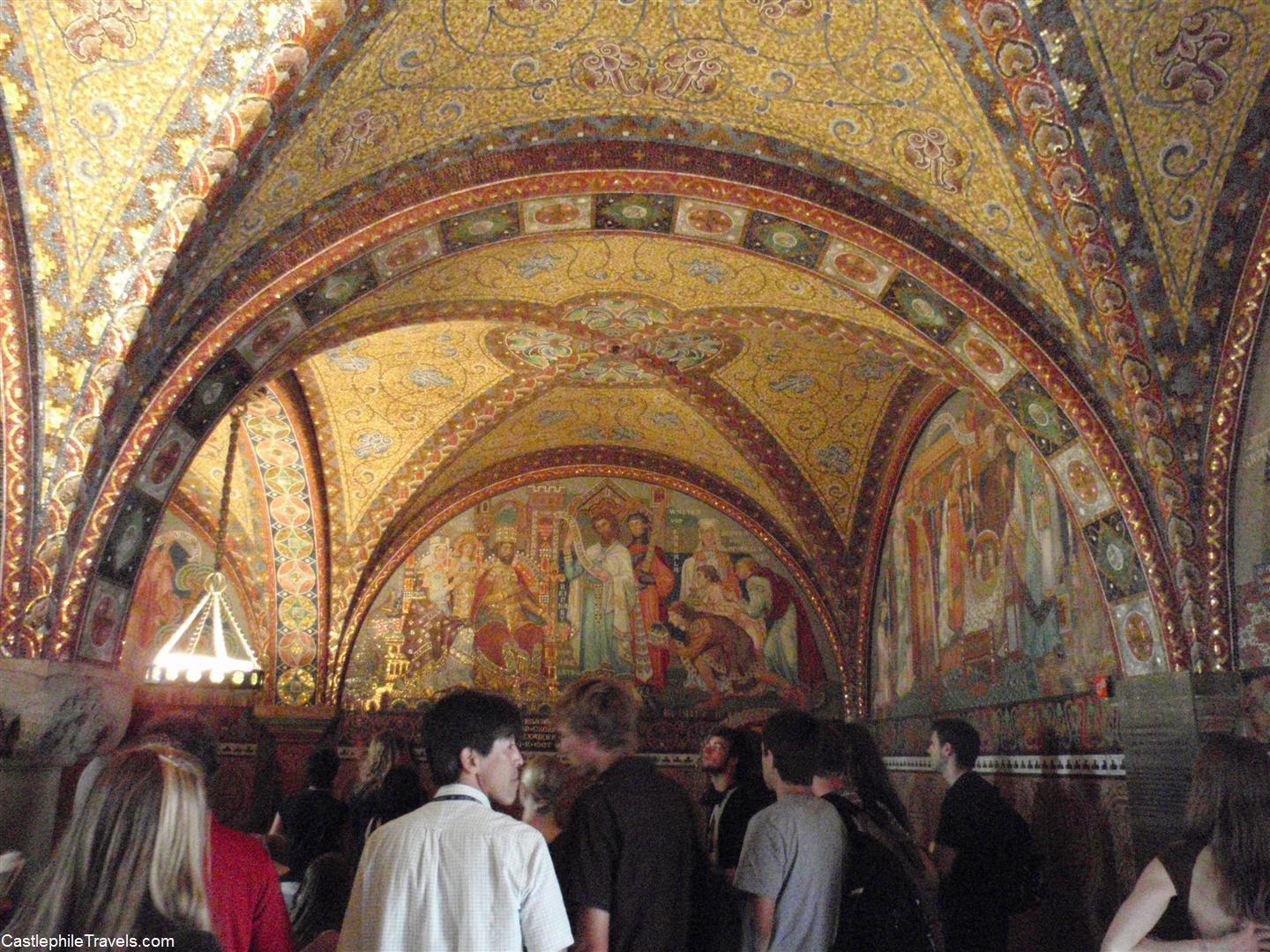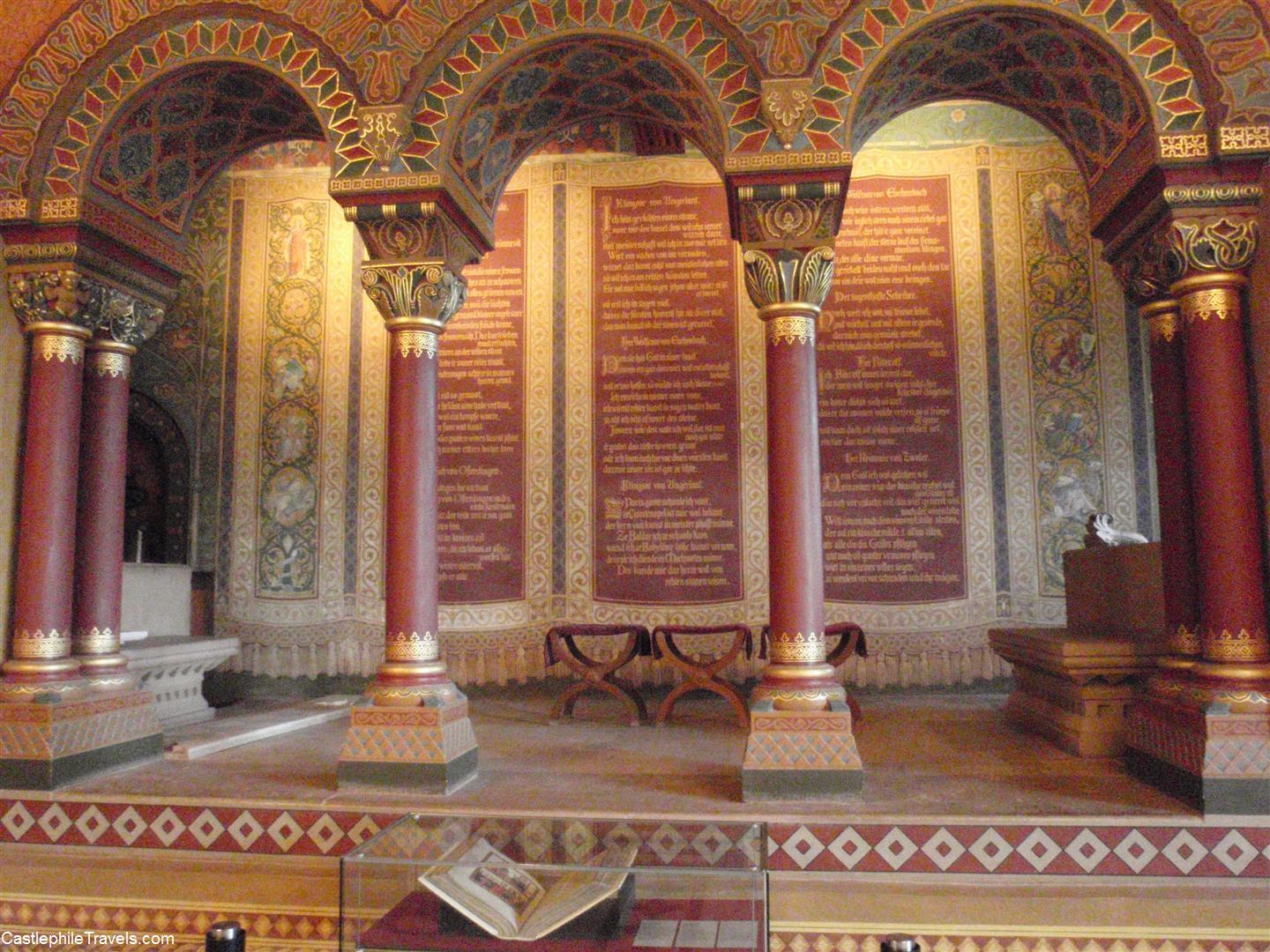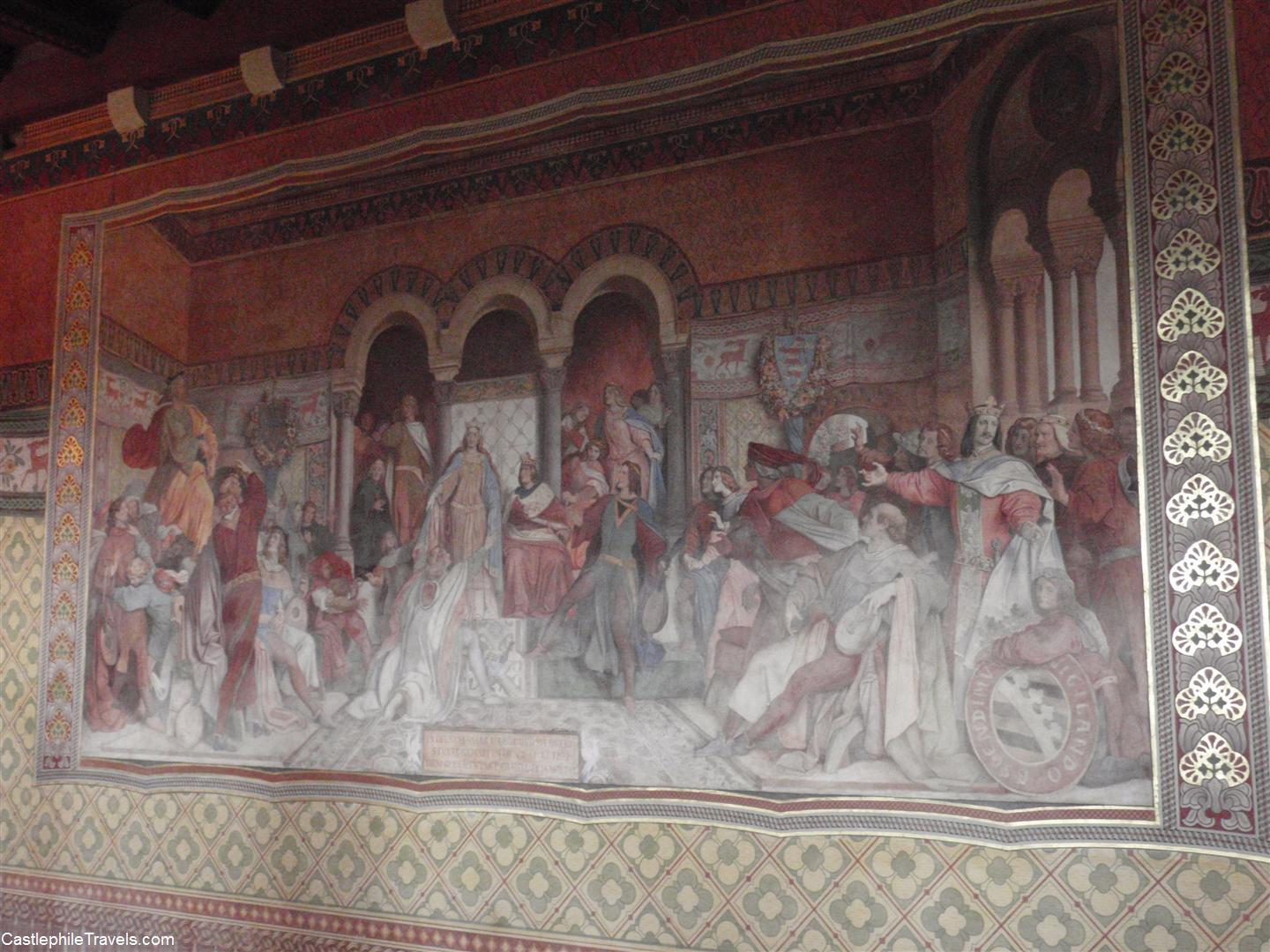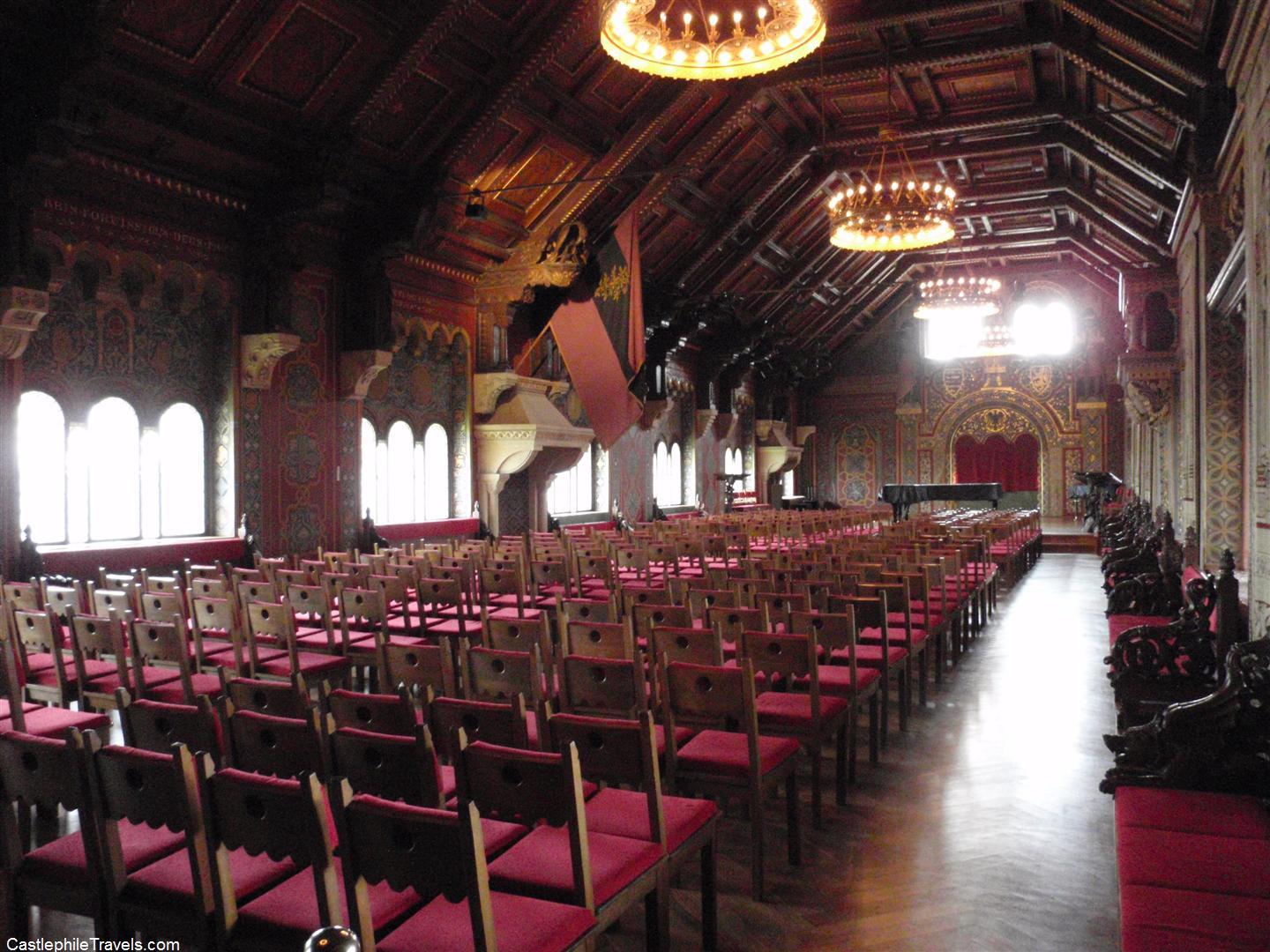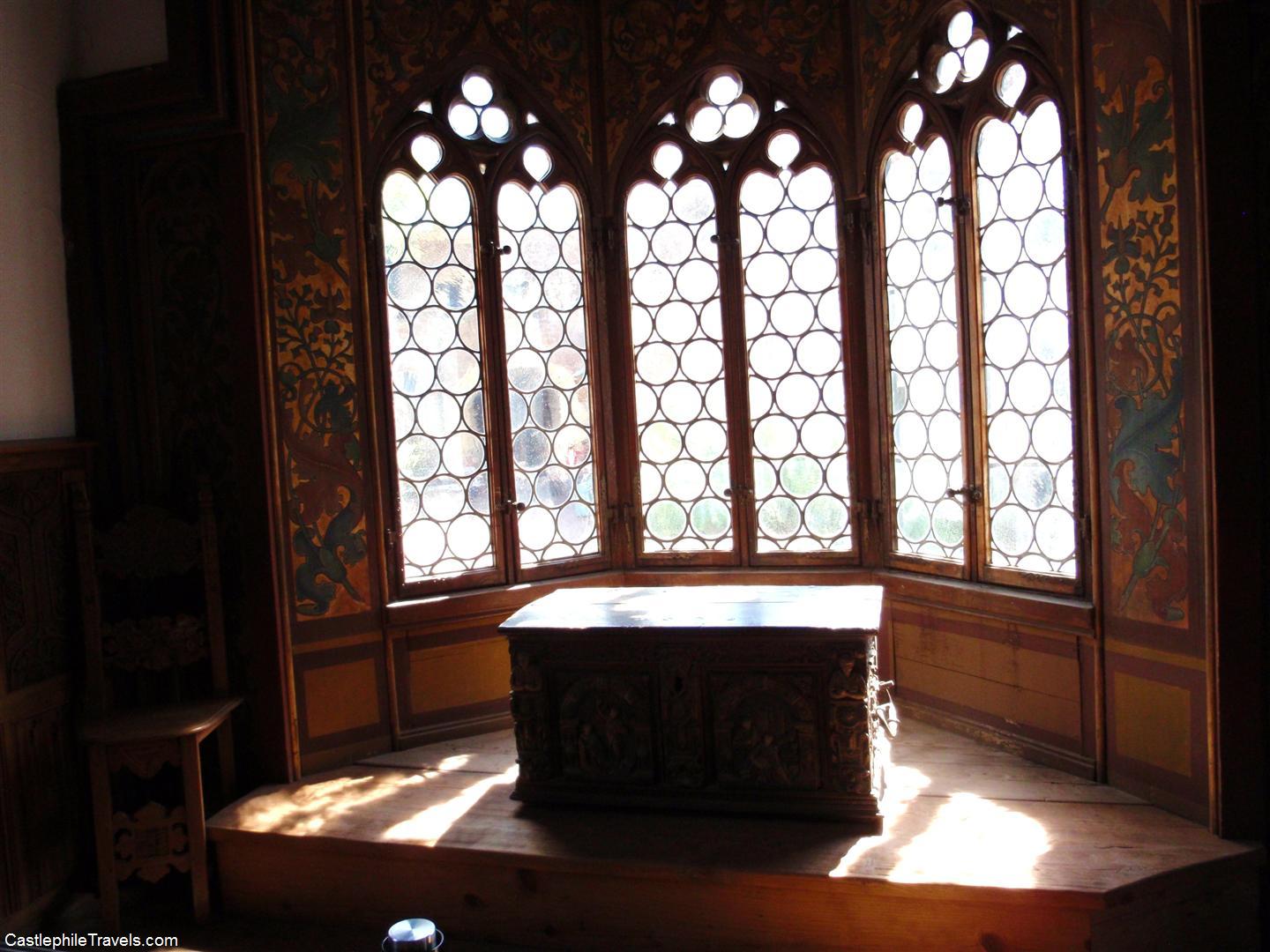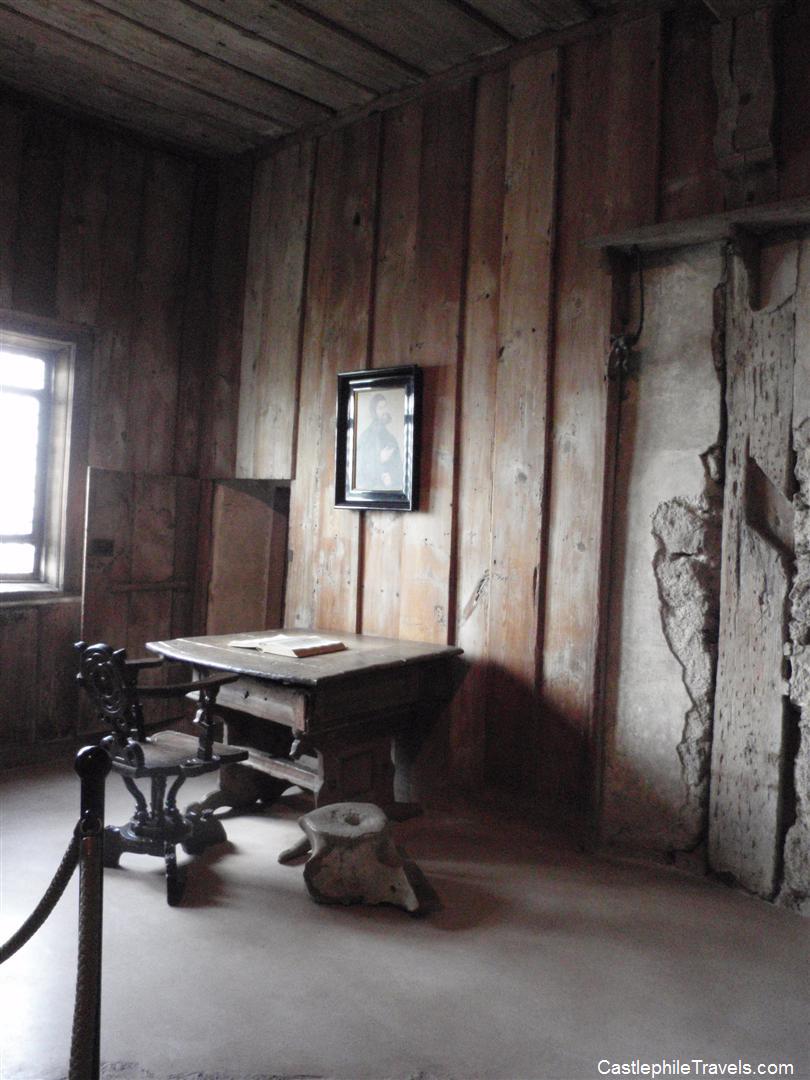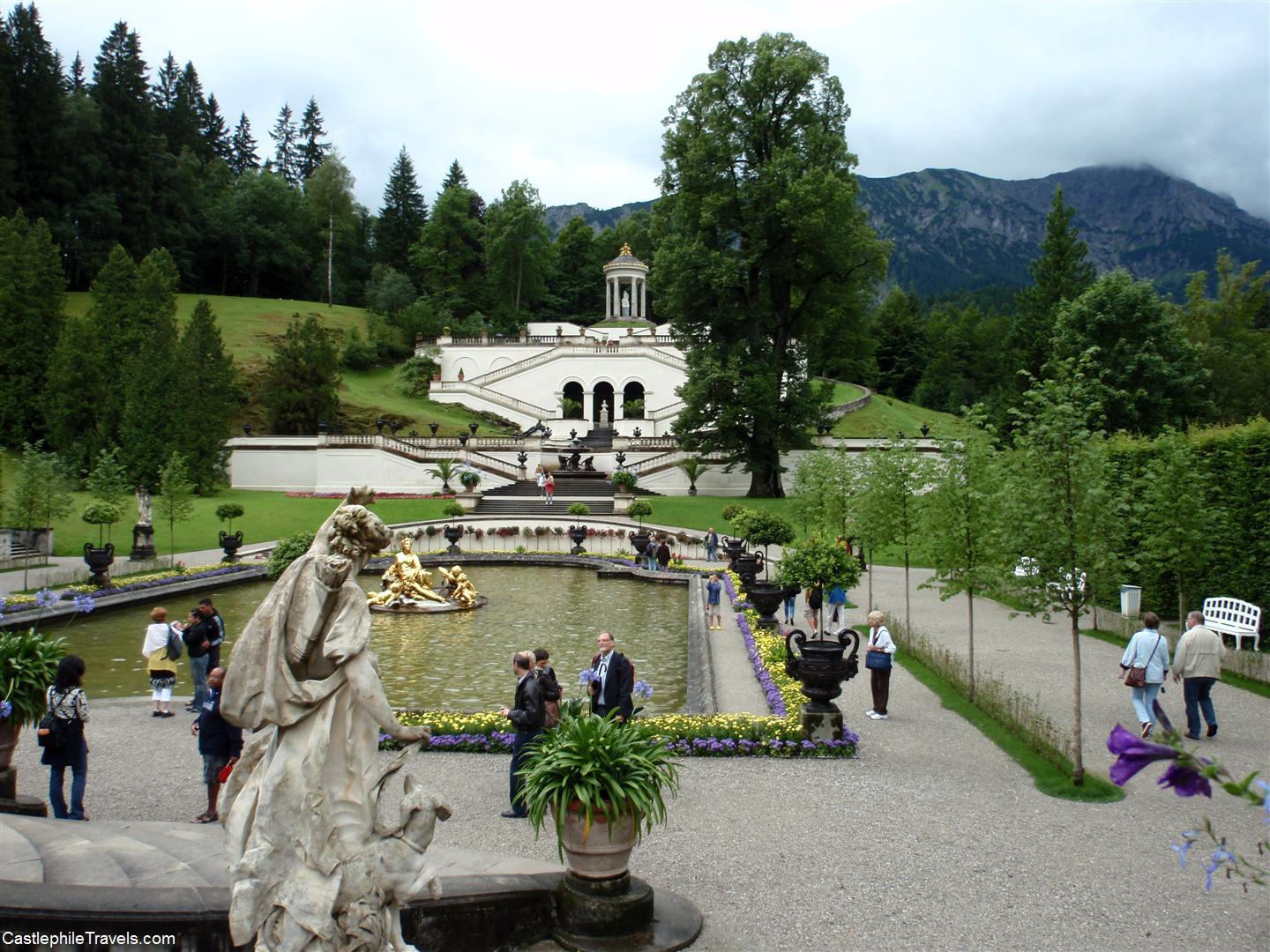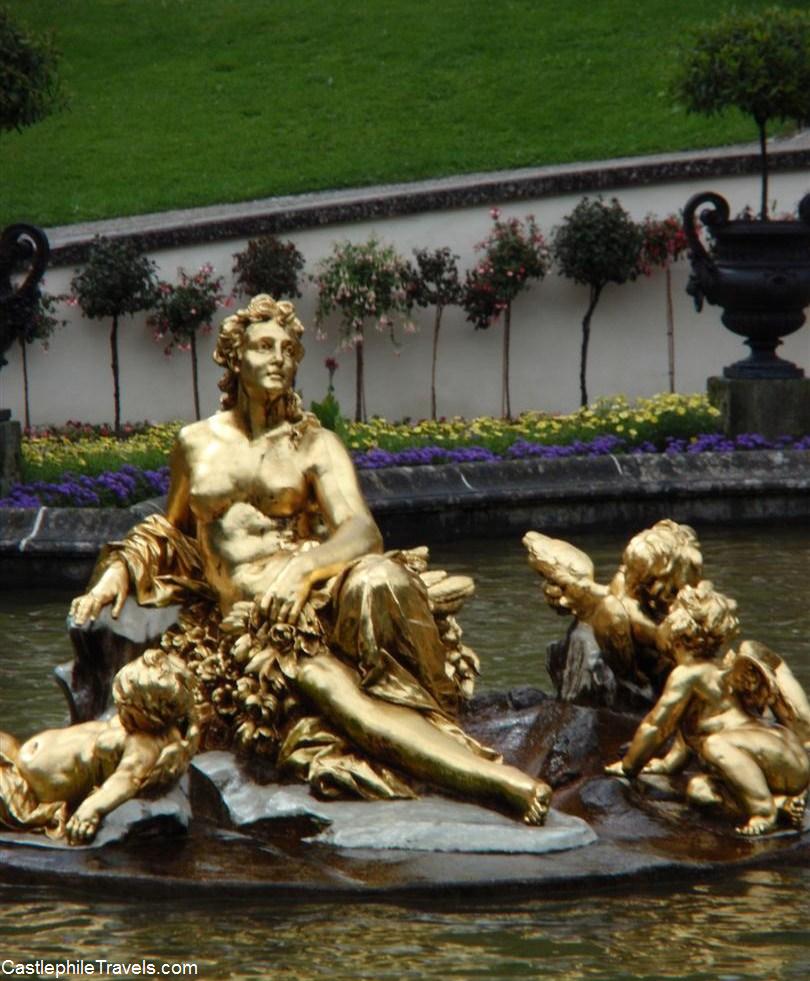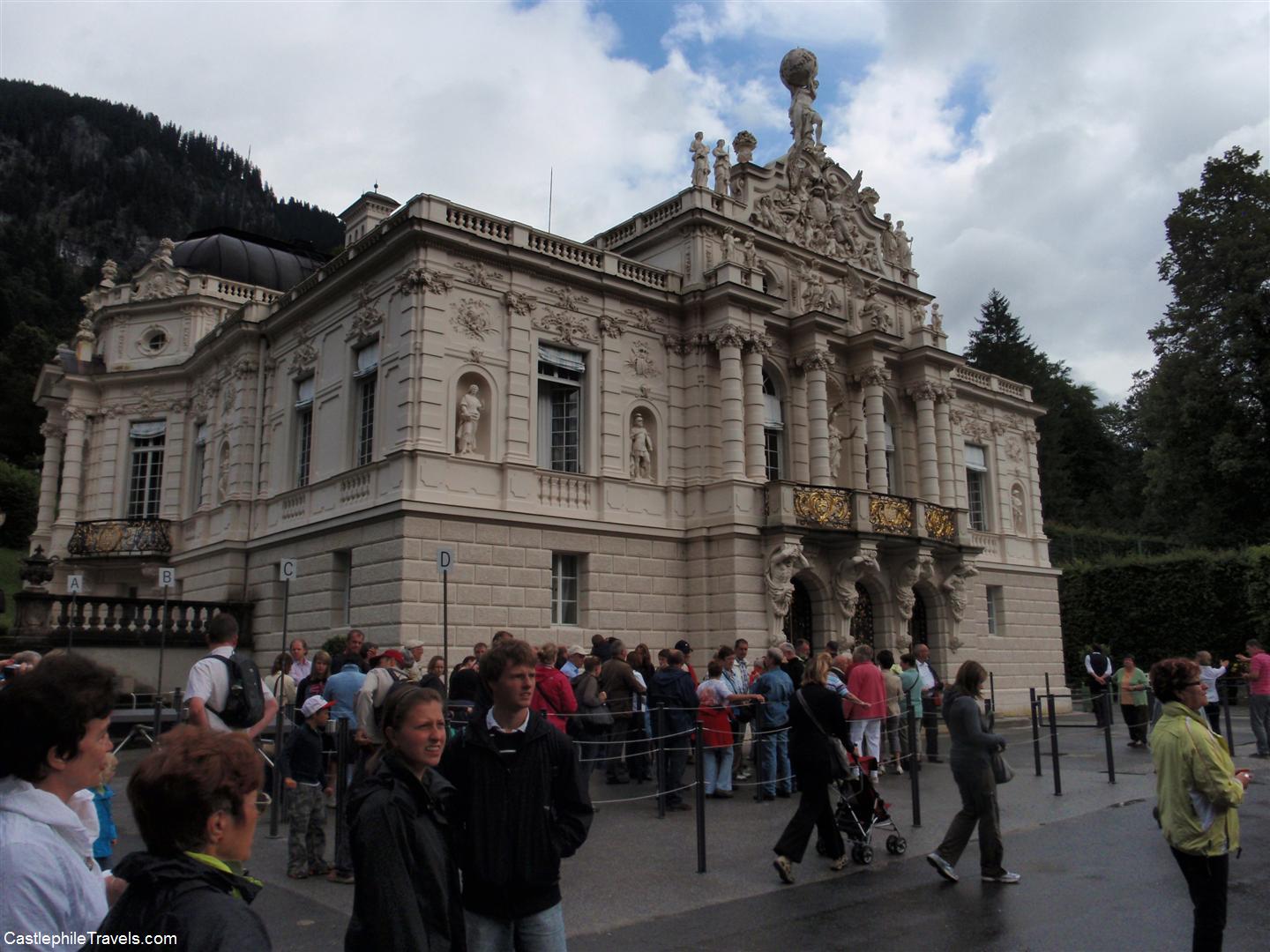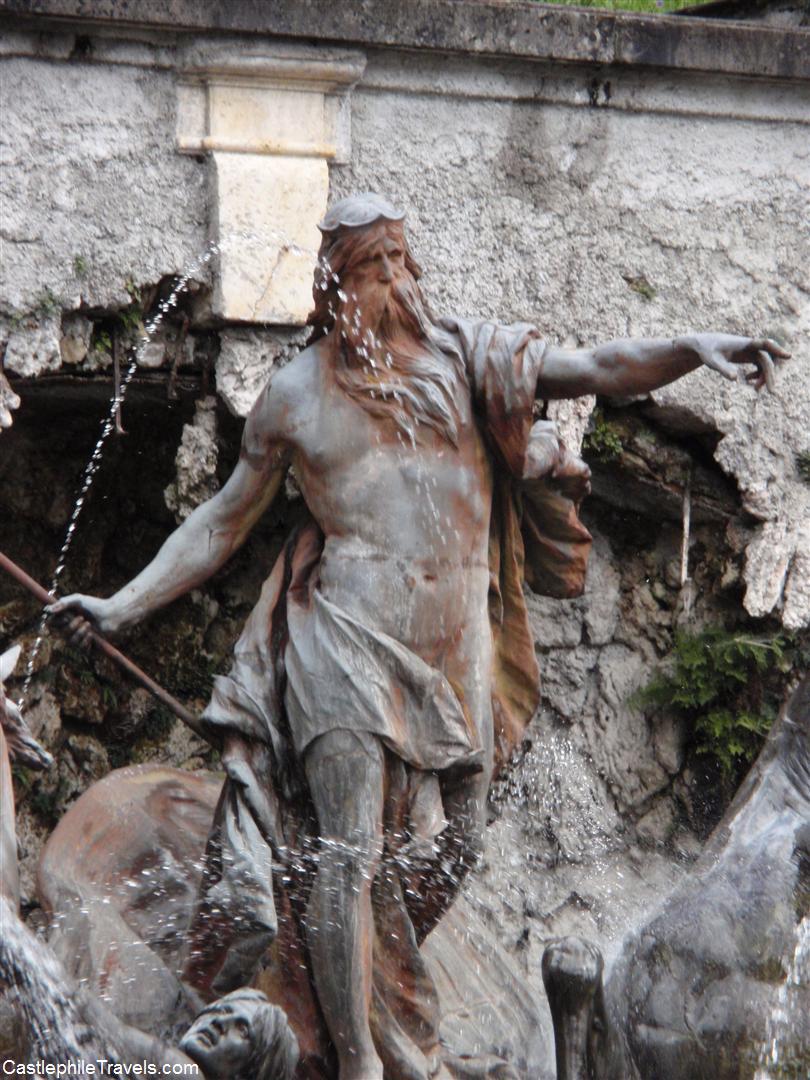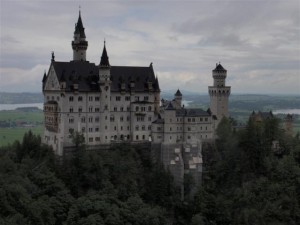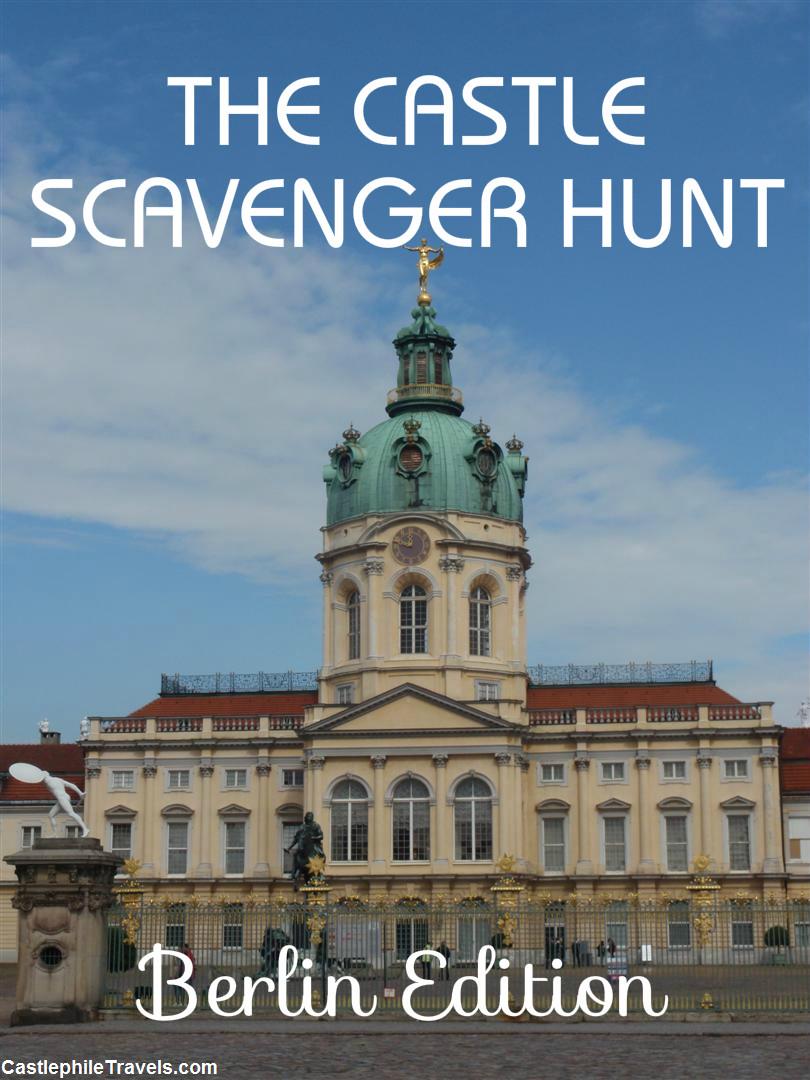
It started off simply. I had a thirty-six hour window of time in Berlin. I wanted to explore another part of the city, away from the tourist sights and the shops around Tauentzienstraße. What could I do that was different?
I tried to think of things that would take me away from Alexanderplatz and Unter den Linden, without feeling like I was wandering around aimlessly. I ended up compiling a list of palaces, fortresses and stately homes that were scattered across Berlin and challenged myself to a scavenger hunt: to see as many of the places on my list as I could in the one and a half days I had in Berlin.
Here’s how it went:
Found
I set off on my expedition on the afternoon that I arrived in Berlin and headed for the familiar street of Unter den Linden to begin my scavenger hunt at the Brandenburg Gate.
Palais am Pariser Platz
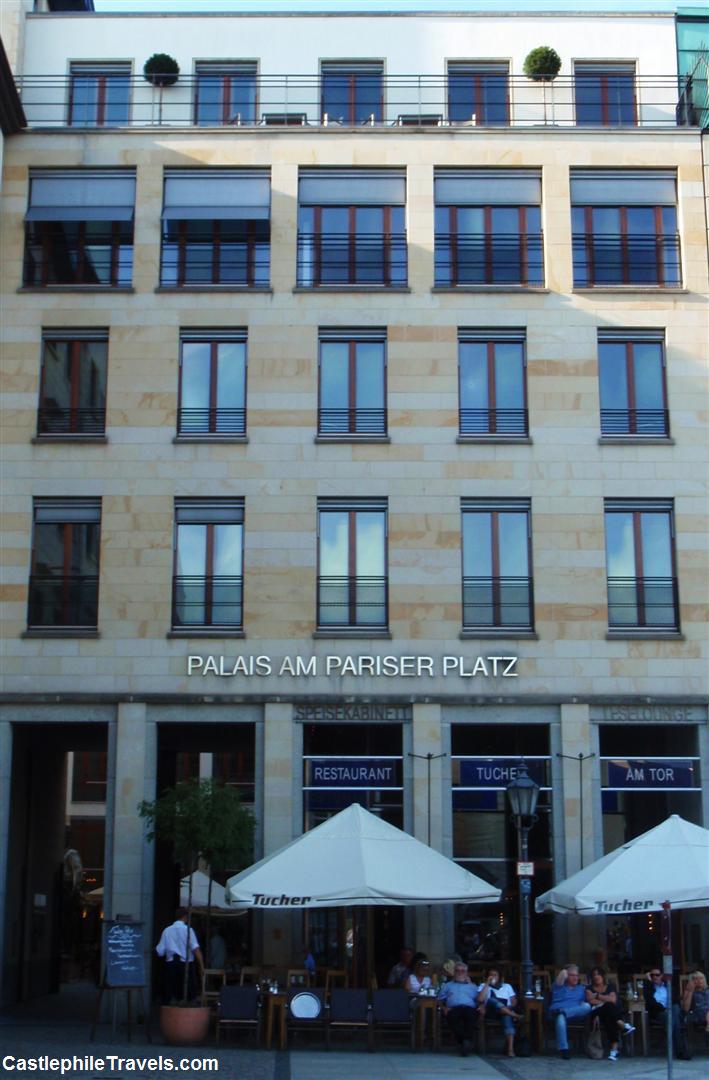
I quickly found the Palais am Pariser Platz tucked in next to the Brandenburg Gate. Built in the late 1990s, the office building wasn’t quite what I was picturing when I thought of the word ‘Palais’ but it gave me an excuse to see the Brandenburg Gate again (something to redeem my seventeen year old self’s disappointment at visiting while the Brandenburg Gate was being restored ).
Schloss Bellevue
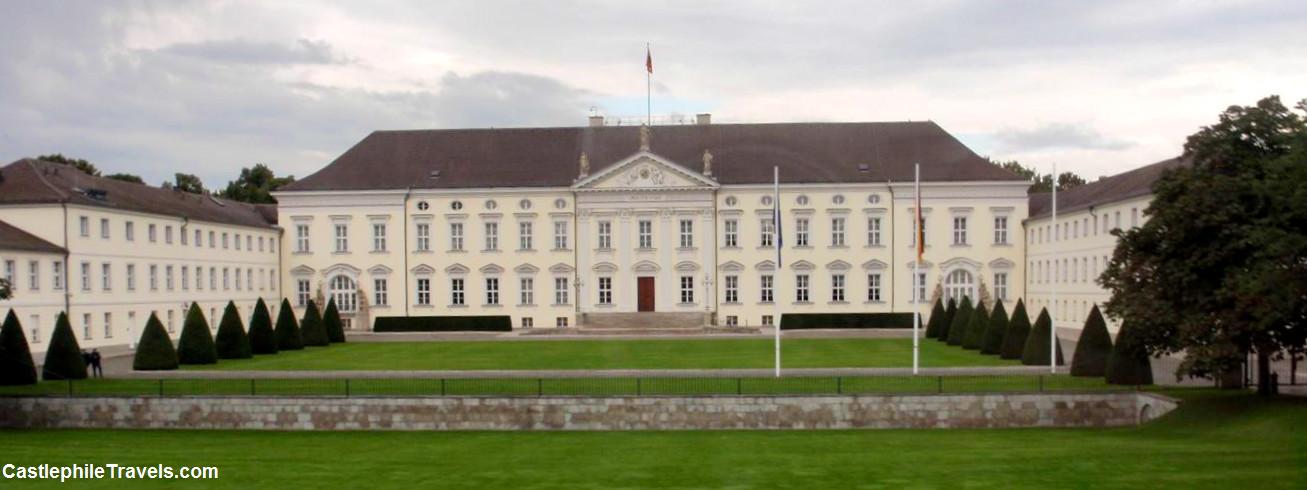
Undeterred, I continued on under the Brandenburg Gate and through the Grosser Tiergarten to the next location on my list. Home to the President of Germany, Schloss Bellevue is one palace that is off-limits to casual scavenger hunters. While here, I took side trips to the nearby Siegessäule (Victory Column) and the Reichstag, before turning back and making my way down Unter den Linden towards Museumsinsel.
Palais am Festungsgraben
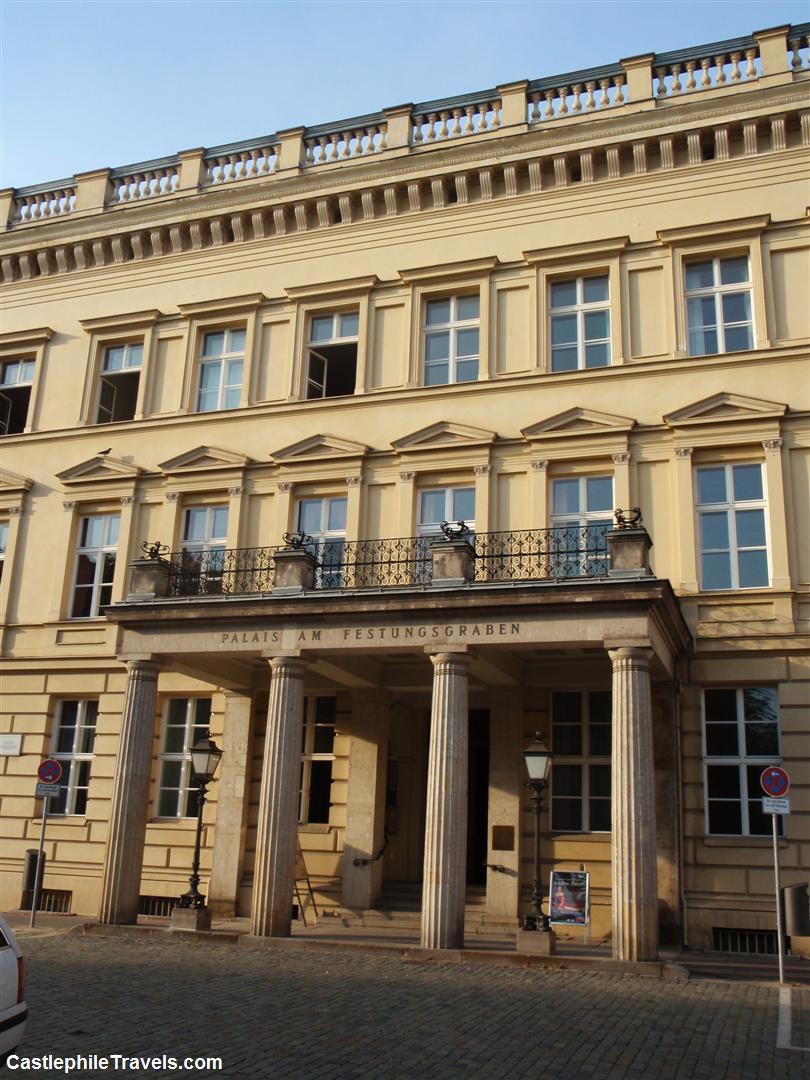
The last building on my list before I began to venture in to unknown territory was the Palais am Festungsgraben (Palace on the Moat). Once the Prussian Finance Ministry, the Palais now houses the Saarländische Galerie and the Theater im Palais.
Knoblauchhaus
Address: Poststrasse 23, Berlin
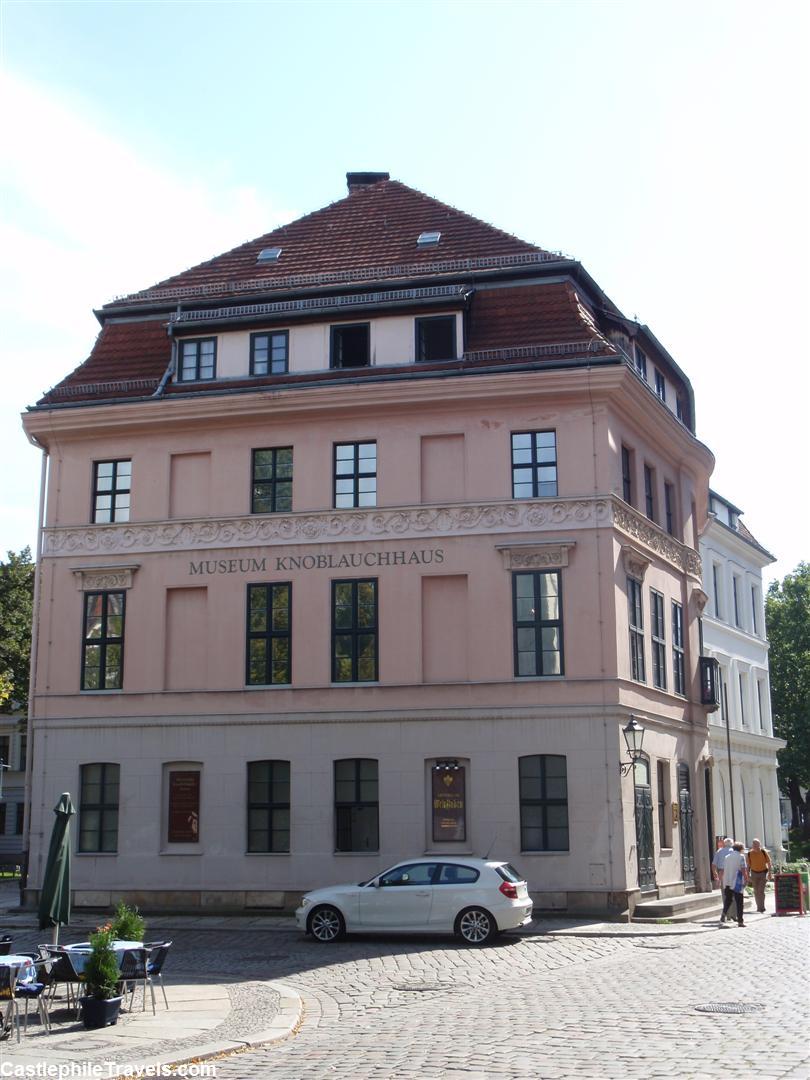
After spending some time in the Berlin I’m most used to hanging out in, it was time to explore somewhere new. I crossed on to the other side of the River Spree, and found myself in the Nikolaiviertel, where my DK Eyewitness Top 10 Travel Guide: Berlin book told me I’d find Knoblauchhaus and Ephraim-Palais.
While I didn’t go inside Knoblauchhaus, which is now a museum displaying the life of an upper-middle class eighteenth century family, the streets surrounding it were lovely to stroll around complete with cobblestones and homes that looked like they had appeared out of a Brothers Grimm fairytale.
Ephraim-Palais
Address: Poststrasse 16, Berlin
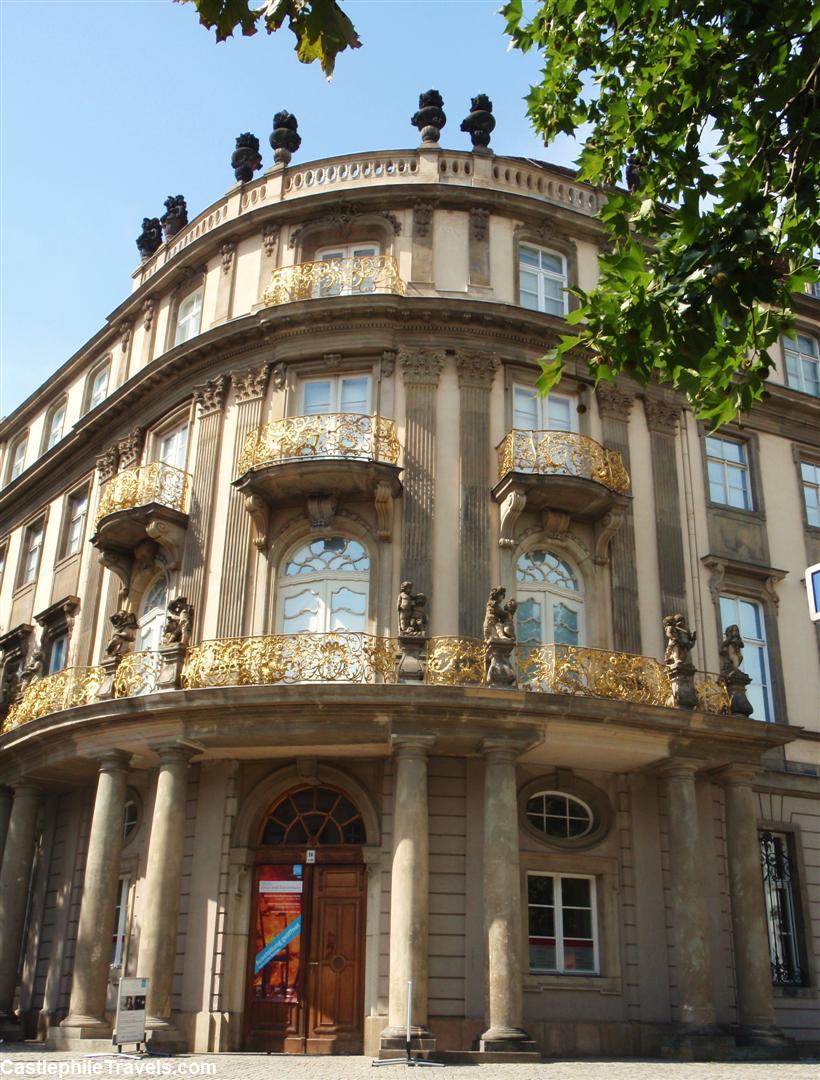
The biggest surprise of the Nikolaiviertel was Ephraim-Palais, a curved building on the corner of Poststrasse and Grunerstrasse housing an art gallery. King Friedrich II’s jeweller, Veitel Heine Ephraim, had the palace built in the 1760s and it would have been an impressive residence, judging by the golden balustrades and the detail on the sculpted cherubs.
Zitadelle Spandau
Address: Am Juliusturm 64, Berlin
Closest U-Bahn Station: U7 – Zitadelle
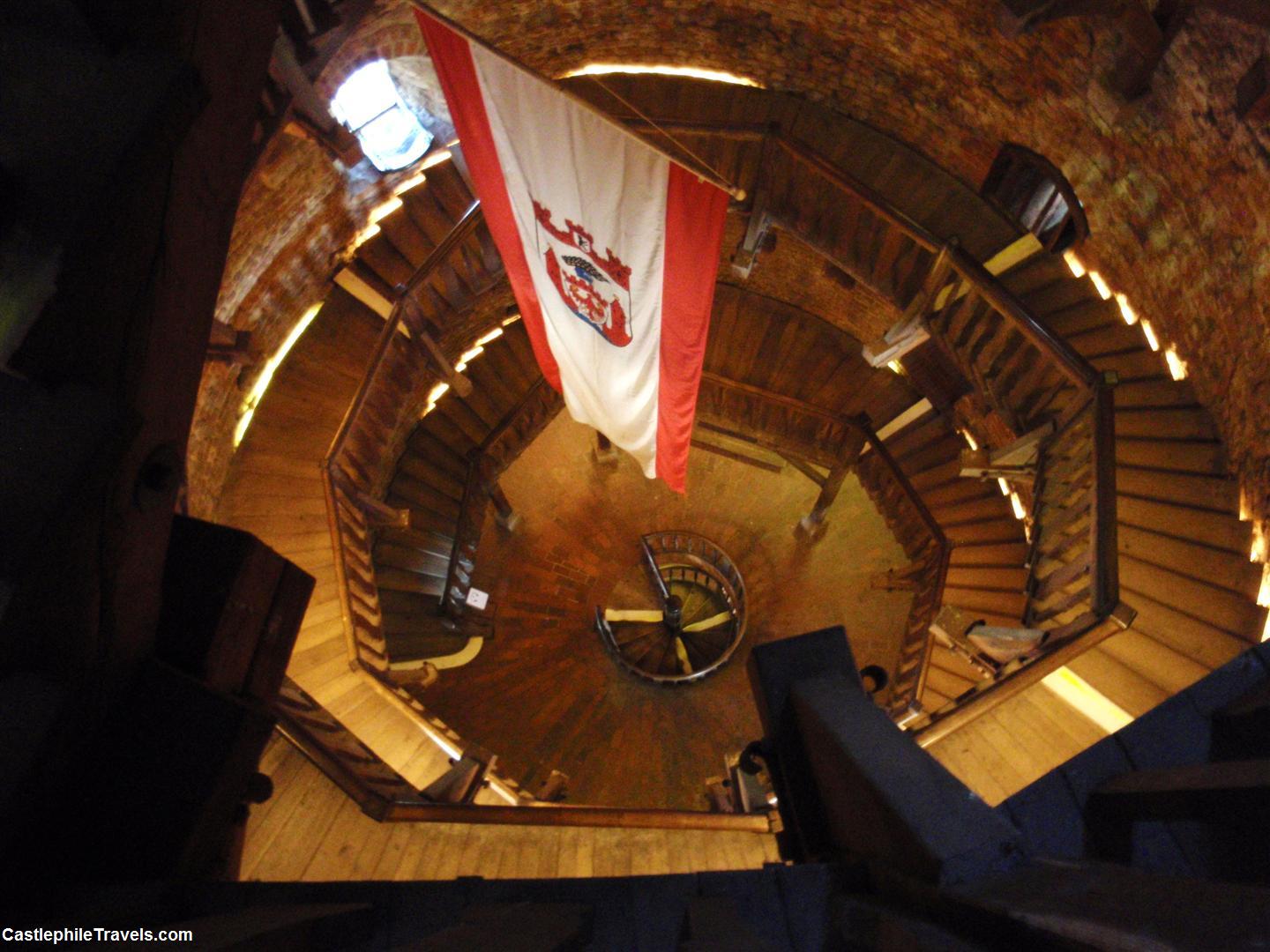
The next morning, I jumped on the U-bahn and took the U7 line all the way out to Spandau – almost the last stop on the line. The Zitadelle Spandau was quite easy to find, and armed with an audio guide, I spent half the day exploring its towers, museums and halls.
Schloss Charlottenburg
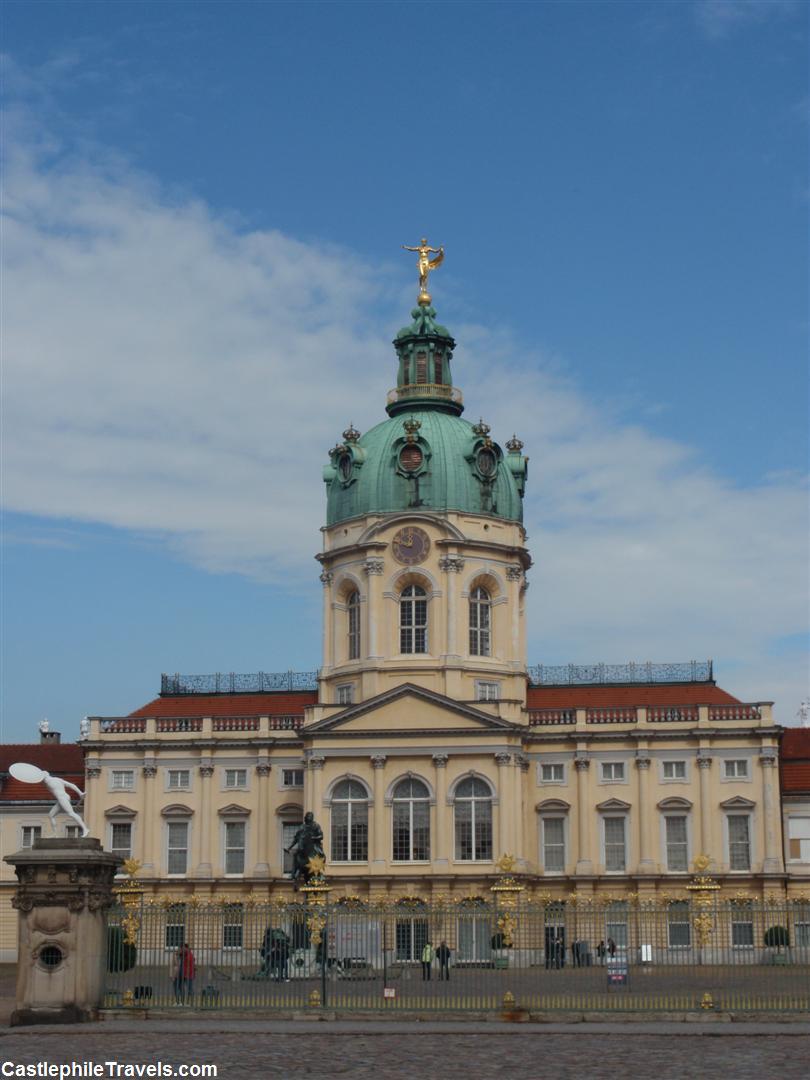
I left the grounds of Schloss Charlottenburg – my favourite place in Berlin – until last, knowing I could chill out in the peaceful gardens before returning to my hotel and preparing to leave Berlin.
Things For Next Time:
I wasn’t able to race around to every place on my list, but that means there are more places to explore the next time I’m in Berlin.
Here’s the list of the sights I missed, if you’d like to search for them yourself!
- Pfaueninsel Palace (Nikolskoerweg 14109 Berlin)
- Schloss Glienicke and Schloss Klein-Glienicke (Königstraße 36 14109 Berlin)
- Jagdschloss Grunewald (Hüttenweg 100 14193 Berlin)
- Schloss Koepenick (Alt-Köpenick 1, 12557 Berlin)
- Friedrichsfelde Palace (Am Tierpark 125 10319 Berlin Lichtenberg)
- Schloss Britz (Alt-Britz 73 12359 Berlin)
- Palais Podewil (Klosterstraße 68-70 10179 Berlin)
While I enjoyed discovering new areas of Berlin and re-visiting old favourites, the only place I had time to really explore was the Spandau Zitadelle, which I wouldn’t have ventured out to without the challenge of this scavenger hunt. The next time I’m in Berlin, I’ll make sure to spend a morning wandering around Nikolaiviertel, and perhaps even go on a second scavenger hunt to see the rest of the places on my list!
Have you attempted a scavenger hunt while travelling?

